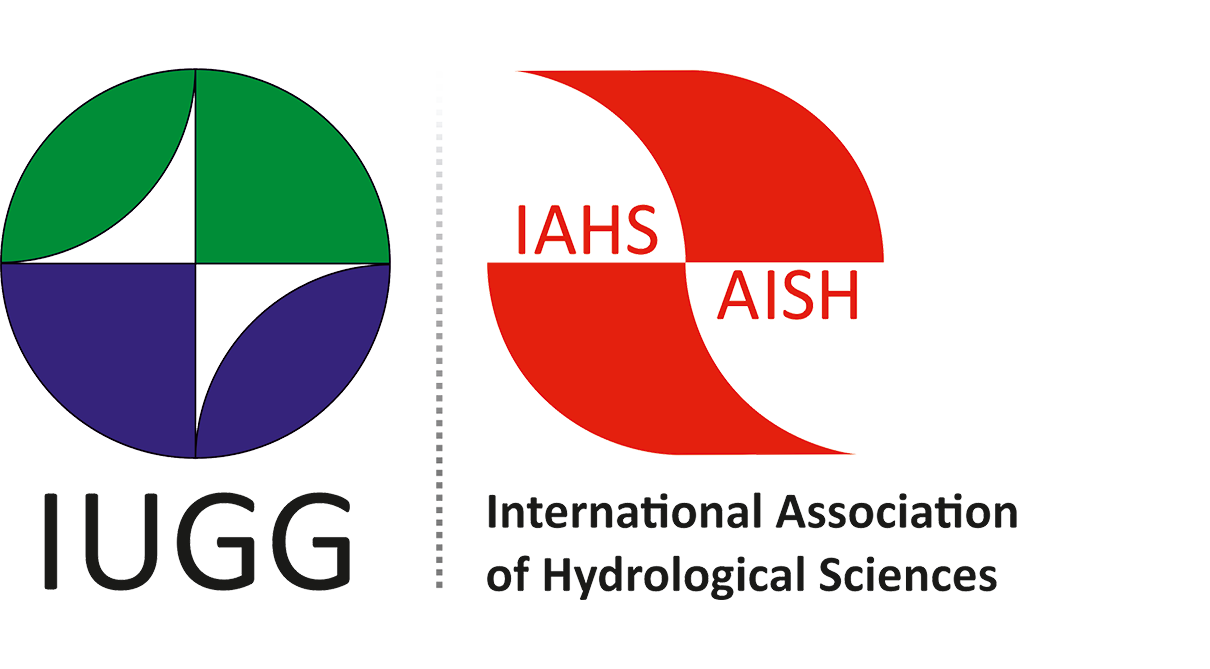IAHS News
Characterising water quantity and quality: new approaches and future directions
The Gothenburg HW03 workshop contained three keynote presentations focusing on surface water quality and groundwater techniques, and looking to the future. The first keynote by Arthur Horowitz (US Geological Survey) challenged many of the practices within monitoring dissolved and particulate water quality parameters and gave the audience plenty to think about in their past and future activities. (If readers want to find out more, Art’s presentation is based on his review paper in Environmental Science and Technology (2013) 47, 2471-2486)). Jim Butler et al.’s keynote gave an overview of new and enhanced tools for hydrogeological characterisation, such as for rapid assessment of subsurface hydraulic properties to depths of 30 m.
Between the keynotes, presentations reported on a variety of new techniques being applied within hydrology – ranging from trialling biological water quality indicators in Chinese rivers, to a portable fluorescence device being developed with UK water companies for continuous monitoring of water quality at drinking and wastewater treatment works. The workshop closed with the keynote by Wouter Buytaert entitled “Environmental virtual observatories: managing catchments with wellies, sensors and smartphones” which encapsulated cloud computing and community hydrology monitoring in the Peruvian Andes. (For those unfamiliar with the term, “wellies” are waterproof boots!). The workshop was well attended and enabled hydrologists at all stages of their careers to present and participate in the good discussions both during the workshop and at the breaks.
Kate Heal (ICWQ), Workshop convener
Jim Butler (ICGW) and Wouter Buytaert (ICWQ), co-conveners
